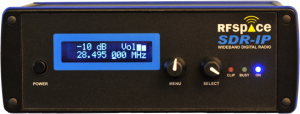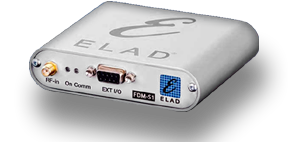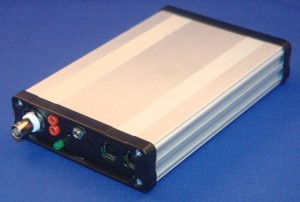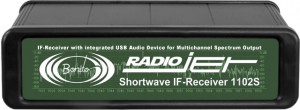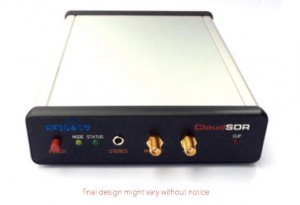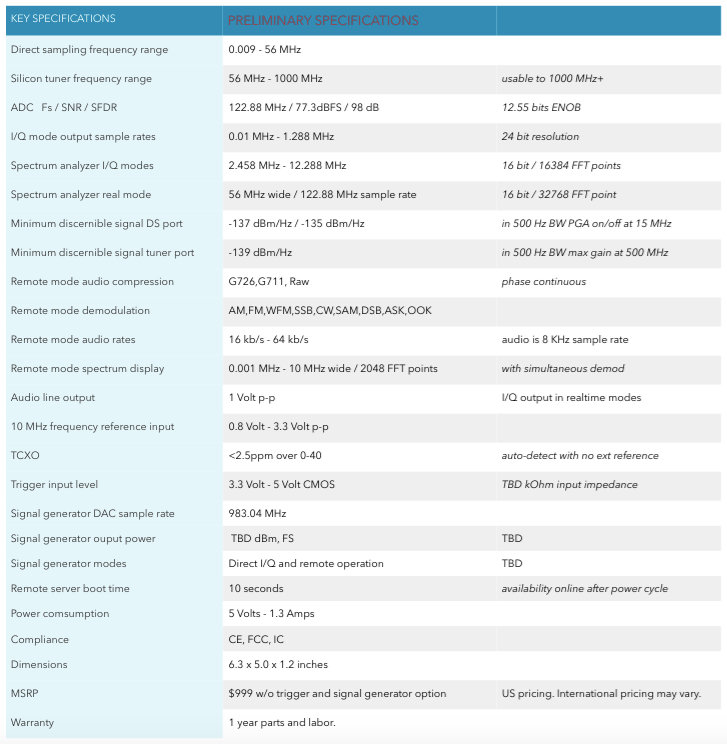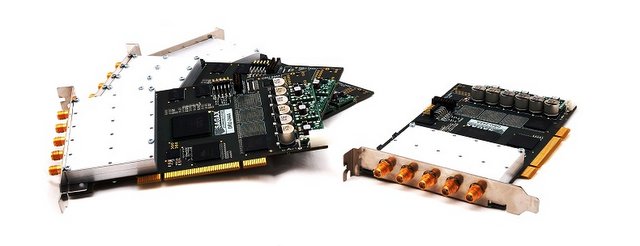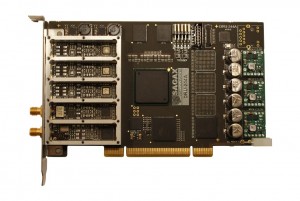The Elad FDM-S2 is the latest software defined radio receiver from the Italian manufacturer, Elad. The FDM-S2 is a direct sampling receiver based on 122.88MHz, 16bit single channel ADC converter covering HF 6m and offering the possibility to exploit the FM broadcast band and VHF Band (135-160)MHz.
Click here to read a full review of the Elad FDM-S2.
Features/Specifications:
- Frequency range:
- HF: 9kHz-52MHz MDS: -132dBm @14MHz, Clipping lev -8dBm
- FM: 74-108MHz sensitivity
- VHF: 135-160MHz MDS -137dBm @145MHz, Clipping level -19dBm
- Separate antenna inputs for HF/6m and FM/VHF/Bypass ranges
- Max. DDC Bw 6144kHz (Aliasing free viewable bandwidth up to 5 Megahertz) currently available selectable bitstreams:
- 192ksps-32bit,
- 384ksps-32bit,
- 768ksps-32bit,
- 1536ksps-32bit,
- 3072ksps-32bit,
- 6144ksps-16bit
- Special double DDC mode of 2 x 384kHz bandwidth to be placed within one of the input ranges.
- 4 virtual receivers freely tunable within DDC window
- Each virtual receiver holds settings for mode,bandwidth,volume,squelch and audio output routing.
- Patent pending Triple Tuning Bar for coarse and fine spectrum navigation
- Modes:
- CWU,
- CWL,
- USB,
- LSB,
- AM,
- SAM,
- FM,
- WFM,
- DSB,
- RTTY,
- DRM,
- RDS
- Interference rejection: Noise Blanker, Adaptive Noise Reduction and auto notch, special 2 manual notches (directly placed in DDC spectrum)
- Integrated DRM decoding, text and station schedule update.
- Integrated WFM Stereo with RDS decoding.
- Universal CAT control and OmniRig(tm) integration
- Customizable IF panadapter facilities for integration with existing transceiver/receivers
- User definable bandplan, specified settings per frequency range.
- XML based memory management
- DX cluster data integration and EIBI database import
- Plotting of memory, database and cluster information directly on spectrum screen
- Proprietary Ext IO bus for accessory equipment, also offering 8 DC lines for universal switching (*via SFE1.0 board)
- Supported by 3rd party software: SDR-RadioV2 , Winrad, HDSDR, Studio 1
- DDC Spectrum recorder with automated times chedule control
- Separate IF/AF spectrum windows for detailed signal analysis
- Easy, fully informative User Interface with deep customization
- Resizable windows and multi-monitor support
- Wideband secondary Audio/IF outputs for decoder software (eg CW Skimmer, WeatherFax)
- Full integration of the Tmate(tm) series controllers
- Compact size 110 (W) x 90 (D) x 40 (H) mm and 360g, come with 2 BNC to SMA adapters, USB cable, USB double cable adapter, CD and safe bag.
Resources
Reviews:
Retailers:
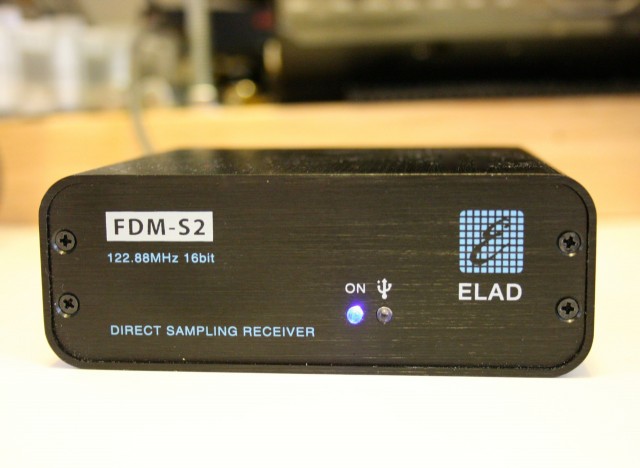

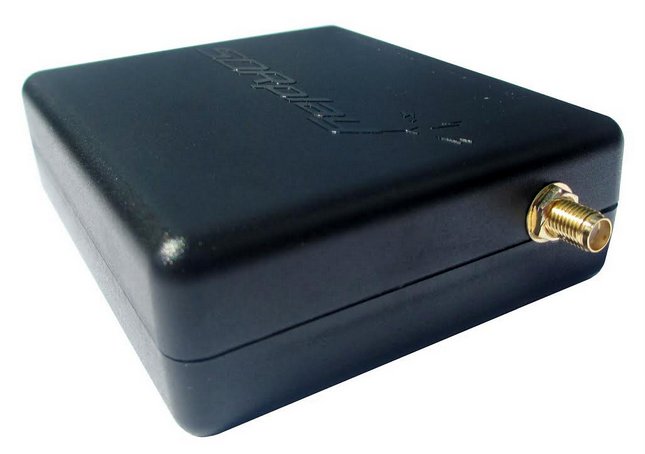 The SDRplay RSP is a wideband full-featured SDR which covers all frequencies from 100KHz up to 2 GHz. At time of posting, the RSP is one of the most affordable, full-featured, SDRs on the market. The RSP allows for monitoring and recording up to 8MHz of spectrum at a time. An open API allows developers to create new demodulators or applications around the platform.
The SDRplay RSP is a wideband full-featured SDR which covers all frequencies from 100KHz up to 2 GHz. At time of posting, the RSP is one of the most affordable, full-featured, SDRs on the market. The RSP allows for monitoring and recording up to 8MHz of spectrum at a time. An open API allows developers to create new demodulators or applications around the platform.